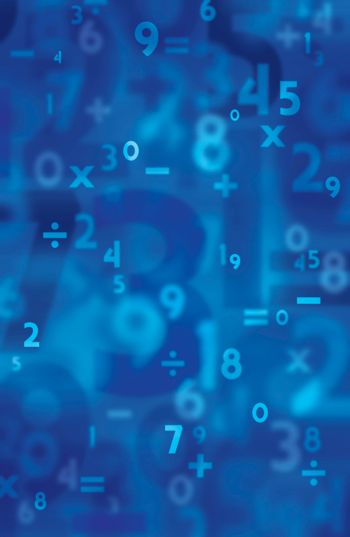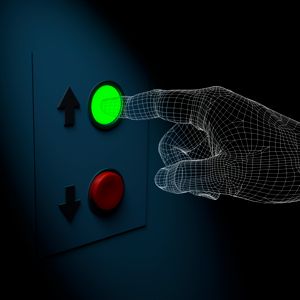A magazine where the digital world meets the real world.
On the web
- Home
- Browse by date
- Browse by topic
- Enter the maze
- Follow our blog
- Follow us on Twitter
- Resources for teachers
- Subscribe
In print
What is cs4fn?
- About us
- Contact us
- Partners
- Privacy and cookies
- Copyright and contributions
- Links to other fun sites
- Complete our questionnaire, give us feedback
Search:
The numbers game: the one where I know which number you will pick

The magic effect
A spectator calls out 10 numbers. You write them down on separate slips of paper. You shuffle the slips, spreading them out face down and ask someone to pick one. You announce that you know the number they picked...and you are right!
The mechanics
The person thinks up the first number and you write it down. What your audience does not know is that you then write their first number on every piece of paper! That's the number you announce.
Prove it works!
All the numbers are the same so of course they pick that number.
Showmanship
This works well as a dinner table trick. Try and make it seem really spontaneous. You just happen to have a piece of paper in your pocket and tear it into bits to write the numbers on. That makes it natural to do it by writing numbers down rather than doing it as a 'pick-a-card' card trick. You can make the trick more powerful. Start by writing down each number the person suggests and let them see what you write. After the first few start to do it in a different way. Do it so that they cannot see that you have switched to writing the same number. Then divide the paper into two piles. One pile is all the same, the other pile a mixture. Ask the volunteer to pick a pile. If they point to the pile that's all the same, you keep that pile and let them choose a single one from it. If they point to the other you say: “OK, you chose to discard those” and still keep the pile where they are all the same. This cunning ploy is often called 'magician's choice'.
The Computer Science
Human-computer interaction

This trick works because what you are actually doing is hidden from the audience. They assume they know what you are writing, but are wrong. They form a mentalmodelof what is happening. That mental model is strengthened if they see you writing the first few. They are mentally tracking what is written on the paper, and believe they know what is there because you set up that expectation. The actual state of the system - the values on the paper - are hidden so cannot be used by the audience to correct their faulty belief. Dodgy mental models can easily lead to errors when using computer systems too. Problems happen if the system is changing its stored values - the state it is in - but these values are not visible on the interface. Then people may start to subconsciously create mental models of how they expect it is working.
Imagine a lift where nothing obvious says what floor you are on. You enter on the top floor and press to go to the lobby. Suppose the doors open before the lobby. It is quite likely you will start to walk out even if the lift had obviously not been descending very long. You were not able to track the hidden state of the current floor so form the incorrect mental model that when the doors open you will be at the lobby.
Mode errors, such as happened in the Strasbourg air crash are more likely to happen if the current mode is not obvious. In that crash, the mode of the autopilot was not obvious. No units were shown on the display with the number. Worse, both 3.3 degrees and 3300 feet/minute were displayed in exactly the same way as 33.
Design principle
It is important to always make critical parts of the internal system state visible on the interface. Use displays, lights and even sounds to ensure the operator knows what state the system is in. That helps prevent a person forming an incorrect mental model. If they do have a wrong mental model they are more likely to realise it if the state is visible.


